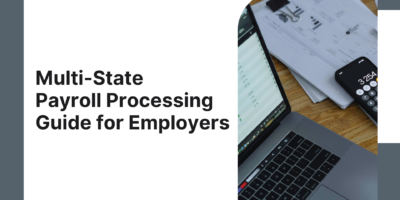
How do Sales Teams use Buyer Intent Data?
From uncovering new qualified leads and creating meaningful relationships with prospects to driving more sales, learn how intent data is a cutting-edge tool for an effective sales strategy.

To save money for retirement, Americans must plan and choose the best investment option for them. Most people invest in defined contribution plans, such as 401k, but it is not always clear if their plan is healthy. Here are some statistics to help and give you a benchmark of your 401k performance.


The popularity of the 401k plan is undoubtedly on the rise. Choosing the right plan for your future is more important now than ever, and the statistics shown above should help and give you a clearer image of what your ideal 401k plan should look like.
Browse our curated list of vendors to find the best solution for your needs.
Subscribe to our newsletter for the latest trends, expert tips, and workplace insights!

From uncovering new qualified leads and creating meaningful relationships with prospects to driving more sales, learn how intent data is a cutting-edge tool for an effective sales strategy.

With the growing popularity of legal insurance plans, particularly as employee benefits, legal protection through group legal plans is rapidly becoming the norm due to its numerous advantages.

Beyond bad credit scores, identity theft’s financial and emotional damages spill into the workplace. Looking for solutions, employers turn to insurance policies. But is identity theft insurance worth it?

Hiring across state lines? This multi-state payroll processing guide breaks down everything you need to know to stay compliant.
Used by most of the top employee benefits consultants in the US, Shortlister is where you can find, research and select HR and benefits vendors for your clients.
Shortlister helps you reach your ideal prospects. Claim your free account to control your message and receive employer, consultant and health plan leads.